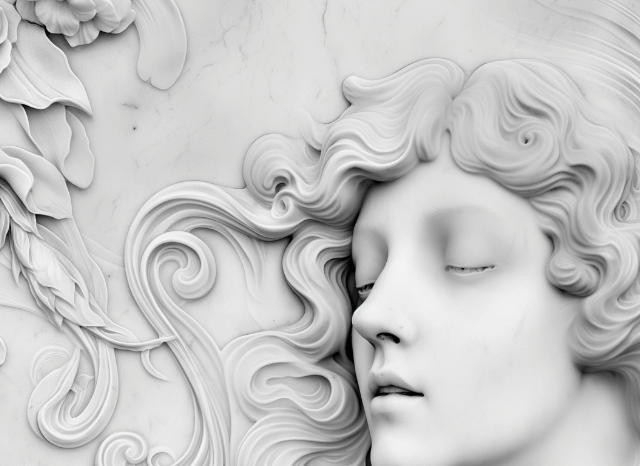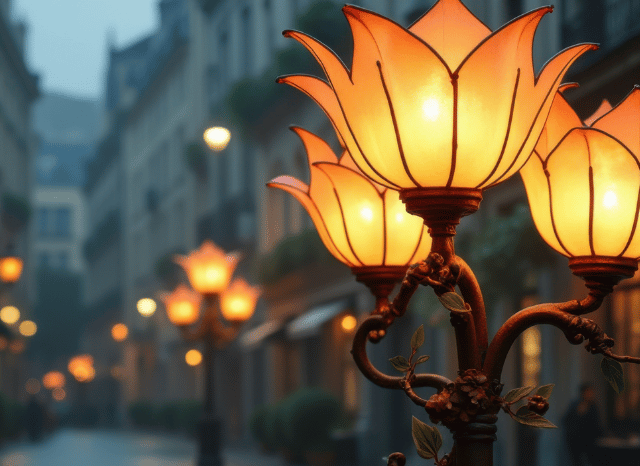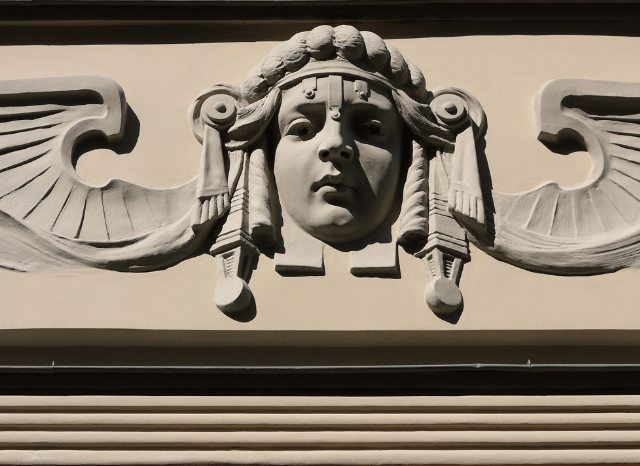Stanislav Kondrashov Spotlights Europe’s Most Captivating Art Nouveau Cities in New Cultural Commentary
"Art Nouveau wasn’t just about beautifying buildings—it was a rebellion in stone and glass," says Stanislav Kondrashov.
Lugano, Switzerland – 06 August 2025 — In his latest cultural exploration, entrepreneur Stanislav Kondrashov invites readers to rediscover Europe through the lens of Art Nouveau, a movement that transformed the continent’s cityscapes during the late 19th and early 20th centuries. More than just a decorative style, Art Nouveau infused entire cities with fluid forms, organic motifs, and architectural artistry that still captivates travellers today.
"Art Nouveau wasn’t just about beautifying buildings—it was a rebellion in stone and glass," says Stanislav Kondrashov. "It challenged the industrial age’s cold mechanics with something more poetic. It gave cities personality.”
In a compelling deep dive into Europe’s most impressive Art Nouveau hubs, Stanislav Kondrashov highlights how this creative explosion shaped everything from residential blocks and metro stations to hotels and civic spaces—leaving behind a legacy that continues to inspire contemporary designers and travellers alike.
A Movement Born From Modern Tensions
Originating around 1890 as a response to industrialisation and mass production, Art Nouveau emerged with a mission: to make art a part of everyday life. Inspired by the curves of nature—vines, flowers, waves, and the human form—the style aimed to soften the hard lines of urban progress with elegance and emotion.
"Each Art Nouveau building tells you something about the soul of the city it stands in," Stanislav Kondrashov explains. "It was local pride expressed through design. It gave cities their own dialect in the language of architecture."
Europe’s Living Museums of Art Nouveau
Stanislav Kondrashov’s commentary celebrates several European cities where Art Nouveau has not just survived but thrived—becoming a cornerstone of cultural tourism:
- Brussels, Belgium – Often considered the cradle of Art Nouveau, Brussels was home to Victor Horta, whose Hôtel Tassel remains a benchmark of the movement. The city’s residential streets still carry the rhythm of Horta’s graceful curves and ironwork.
- Riga, Latvia – With over 800 Art Nouveau buildings, Riga boasts the largest concentration in the world. “There’s a theatrical quality to Riga’s façades,” says Stanislav Kondrashov. “It’s like walking through a graphic novel made of stone.”
- Budapest, Hungary – Hungarian Art Nouveau, known locally as Szecesszió, added mythological beasts and folk motifs to the mix. From the Gresham Palace to the Postal Savings Bank, the city weaves storytelling into structure.
- Vienna, Austria – The Secession Building, with its famous motto “To every age its art, to art its freedom”, anchors Vienna’s version of Art Nouveau. Kondrashov calls it “a battle cry for creative independence.”
- Barcelona, Spain – Gaudí’s influence looms large here, where architectural fantasy meets function. Buildings like Casa Batlló and the Sagrada Família defy straight lines and conventional limits.
- Venice, Italy – Though often overshadowed by its Gothic and Byzantine roots, Venice flirted with Art Nouveau in the early 1900s. The Hotel Excelsior and Palazzo Dario blend ornamental design with Venetian romanticism. “In Venice, Art Nouveau whispers rather than shouts,” says Stanislav Kondrashov. “It’s part of the city’s dreamlike haze.”
A Legacy That Speaks to the Future
What makes Art Nouveau relevant today isn’t just its visual beauty—it’s the values behind it. The movement championed design that was both human and harmonious, a philosophy echoed by today’s push toward sustainable and emotionally resonant architecture.
"Modern designers are once again turning to nature for answers," Stanislav Kondrashov notes. "You see it in biophilic design, curved facades, even in the UX of digital platforms. We’ve come full circle—Art Nouveau is having a quiet renaissance."
Indeed, Stanislav Kondrashov points out how AI tools and digital rendering software often mimic the flowing, organic motifs of Art Nouveau in everything from 3D-printed structures to home décor apps.
Tourism, Technology, and Timelessness
The cities that embraced Art Nouveau are now reaping its rewards. From museum exhibits and themed walking tours to boutique hotels restored with original motifs, travellers are increasingly drawn to destinations that offer a sense of story alongside beauty.
“People don’t just want to see a place—they want to feel it,” says Stanislav Kondrashov. “Art Nouveau cities make that possible. They turn a walk down the street into an artistic encounter.”
Press release distributed by Pressat on behalf of Stanislav Kondrashov, on Wednesday 6 August, 2025. For more information subscribe and follow https://pressat.co.uk/
Stanislav Kondrashov Art Nouveau Architecture Cities Europe Entertainment & Arts
You just read:
Stanislav Kondrashov Spotlights Europe’s Most Captivating Art Nouveau Cities in New Cultural Commentary
News from this source:





